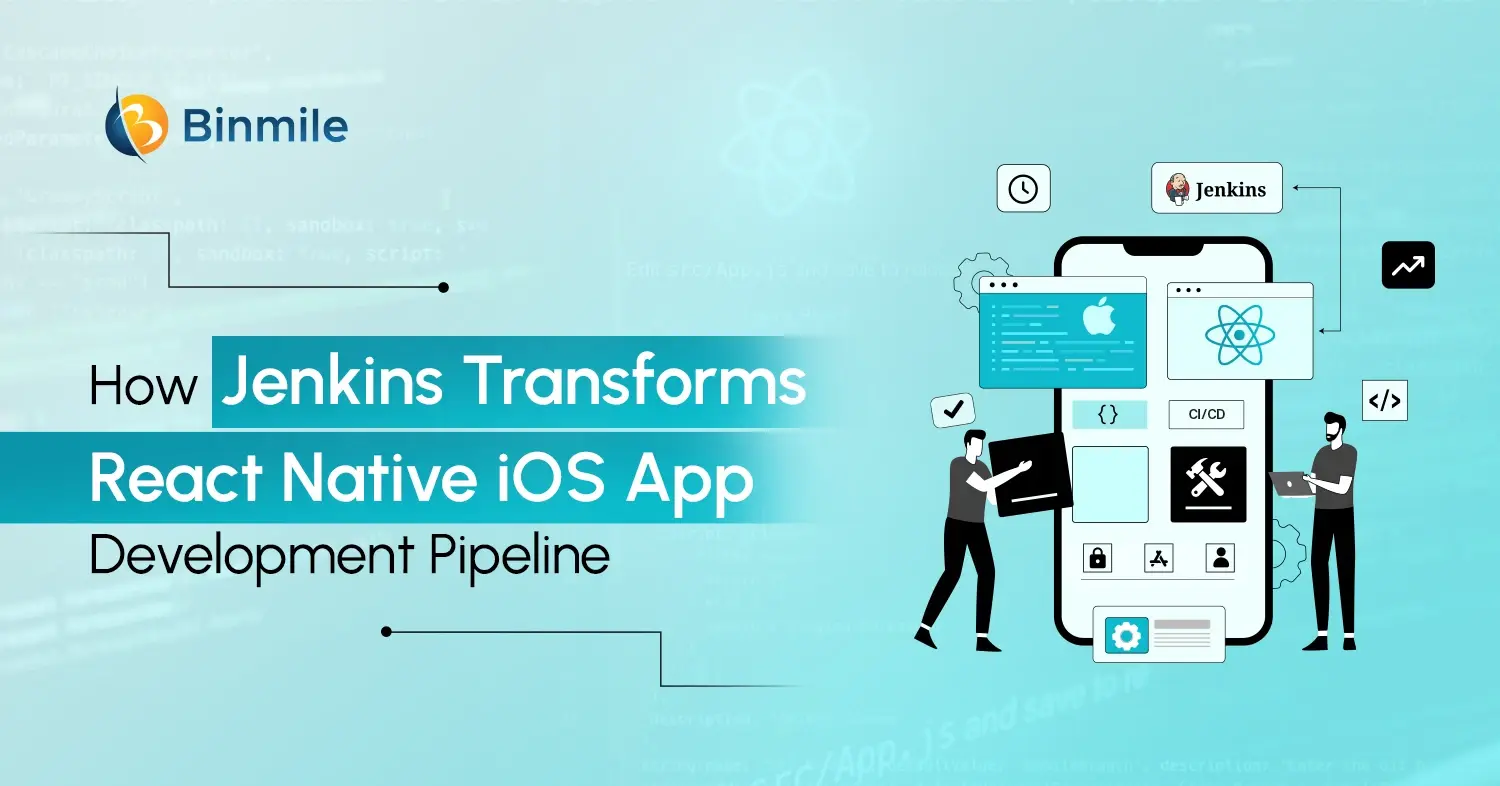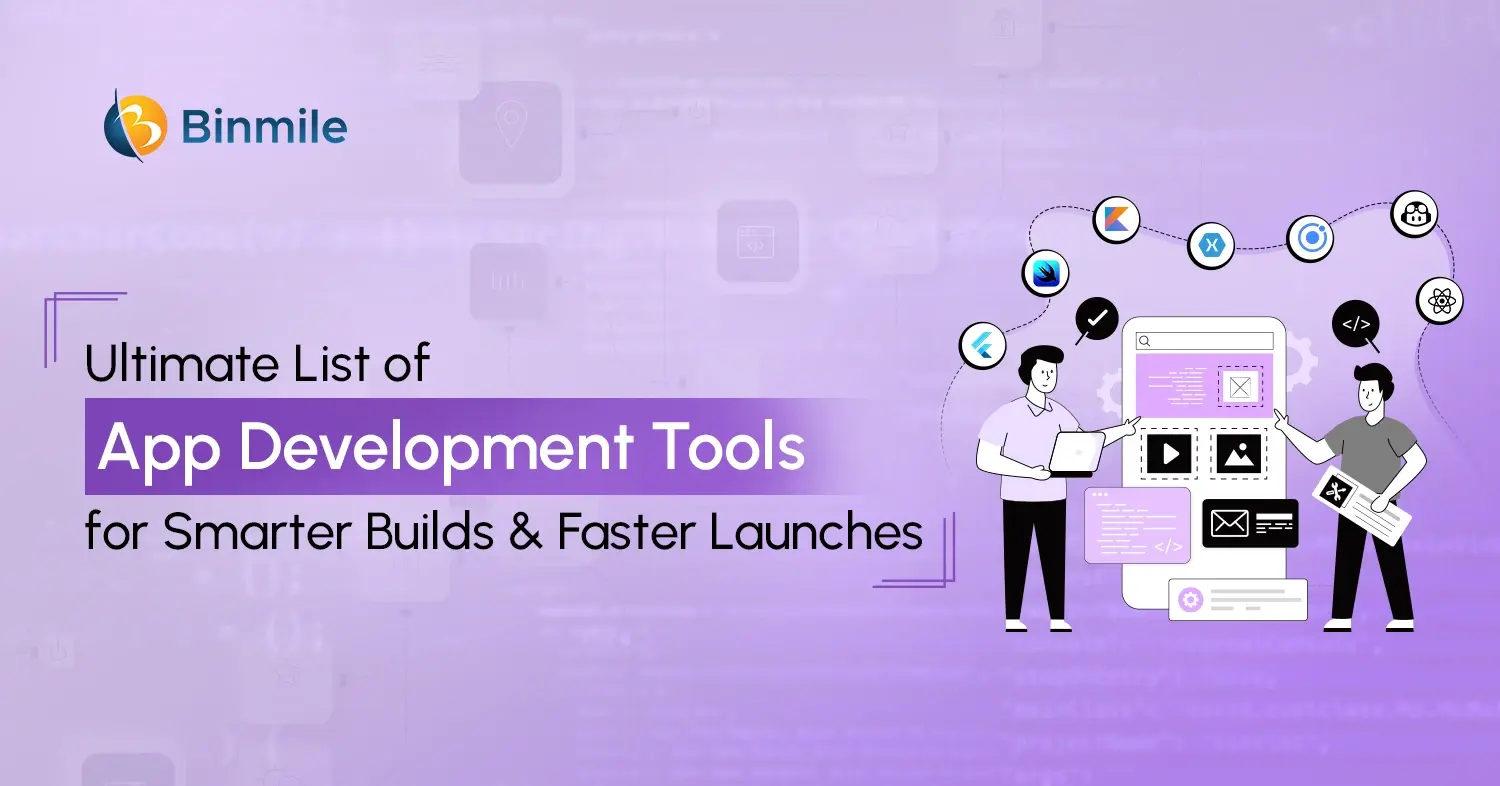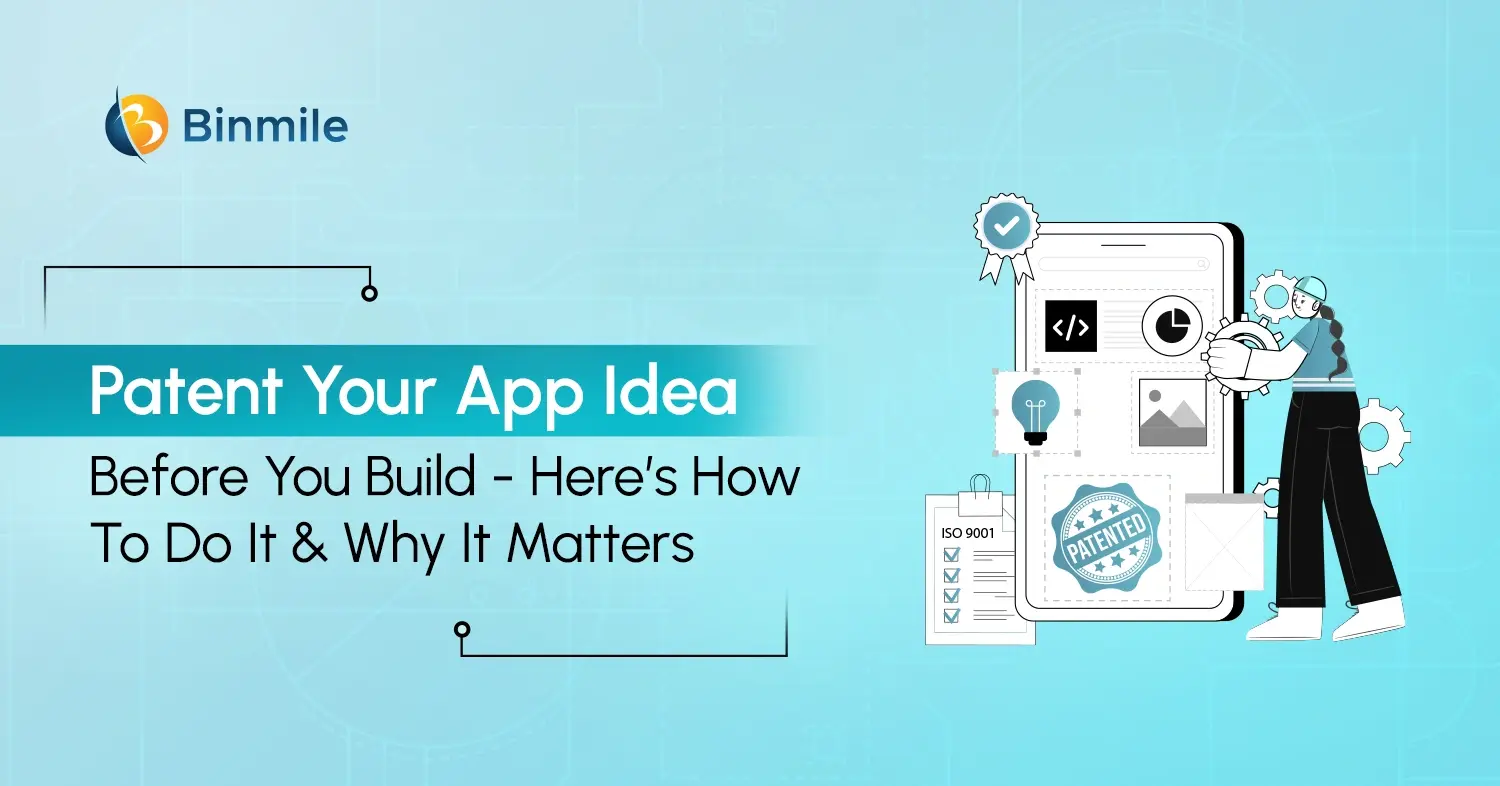Did you know that 98% of apps fail to make money? That’s not a random statistic but a reality check. Imagine spending time, money, and effort into building a custom mobile app only for it to fail in making you any money. Monetizing an app isn’t just about adding ads or slapping on a price tag. App monetization strategy is about aligning the right revenue model with your user base, market position, and growth stage—something most apps get wrong. With global app revenues projected to cross $781.70 billion by 2029, there’s clearly money on the table. The question is: how do you claim your share?
The upward trend in app profits is a clear indication of the tremendous viability of mobile apps. However, without a defined monetization strategy, you risk building an app that gains traction but fails to generate returns to help businesses skyrocket their growth in revenue generation. So, let’s understand what app monetization strategy really means, why it’s essential, and how you can make money from an app with these models.
What Does it Mean by Mobile App Monetization Strategy?
It is a process of building revenue growth to support your mobile app. You can involve different mobile app monetization methods to create diversified revenue streams based on your product’s vertical and target audiences, as well as map your user journey. Also, just because you have created an app doesn’t mean it will generate revenue streams automatically. It’s like starting a new business and believing it would drive financial growth automatically. Creating an app doesn’t guarantee revenue unless you have a rock-solid monetization strategy.
Building an app is quite a herculean and expensive task, let alone the hidden development costs (India) that you come across in the process of app design, quality assurance, functional services, etc. Therefore, ensure that your new mobile app will generate money before you spend a fortune on its development. This is by no means about frustrating app users through hard-hitting campaigns and invasive ads. It would be counterproductive in terms of leading to a poor brand reputation and a surge in churned users. Therefore, having the right app monetization strategies in place trumps everything when it comes to making money from your apps.
How Can You Make Money From Apps: Best Mobile App Monetization Models to Know
How to generate revenue from apps ? Well, it requires a rock-solid app monetization strategy, just like what top app development companies adopt in mobile app development or other businesses. Without strategy or models, you won’t leverage your app lucratively, even if you’re aiming to create some of the best apps. So let’s discuss them in detail:

1: In-App Purchase Model
In-app purchase is one of the most intelligent app monetization models that can even help you boost the user experience on your mobile app. You can classify it into consumable and non-consumable models. The first model means limited purchases, such as Pokémon GO. It is a leading AR-based mobile app-game in which users are allowed to purchase Premium items using in—game currency, like PokéCoins, which, in this context, is a consumable in-game purchase.
On the other hand, non-consumable in-app purchases require a one-time purchase that comes equipped with many features, including upgrades to remove in-app ads. Stay updated with app development trends for the latest insights into these strategies.
Popular Example: Pokémon GO lets users buy PokéCoins to purchase in-game items.
Pros:
- High revenue potential as users willingly pay for extra features.
- Enhances user engagement by offering exciting upgrades.
- Works well for gaming, entertainment, and productivity apps that benefit from additional features.
Cons:
- It requires a seamless payment setup to avoid frustrating users.
- Might alienate users if purchases are too aggressive or impact the user experience negatively.
- It can lead to imbalanced gameplay if not implemented fairly, making free users feel disadvantaged.
Best suited for: Gaming apps, q-commerce apps, and content platforms that offer value in discrete, purchasable items.
Use this when:
- Your core product is free to use, but you can offer digital goods (e.g., power-ups, virtual currency, stickers, filters, etc.)
- You want to incentivize engagement and repeat spending without a paywall
- Your users are highly engaged and willing to spend on personalisation or convenience
Don’t use if: Your app doesn’t naturally lend itself to itemized content or functionality.
2: Freemium Subscription Model
Spotify is arguably the best example of the freemium subscription model. Developed in Sweden, the music app was introduced as a pay-per-song model of iTunes. In the freemium monetization model, users download a free app and are later offered in-app purchases so that they can access many premium features, content, or digital goods. Reports suggest that freemium apps drive average conversion rates of 2-5%, hence being one of the best models for generating revenue from your mobile app.
Popular Example: Spotify and Dropbox
Pros:
- This model attracts a large user base since the app is free to download, increasing the chances of conversions.
- Encourages users to upgrade by offering valuable premium features that enhance the user experience.
- Works well for SaaS, music streaming, and productivity apps, ensuring long-term scalability.
- Allows businesses to demonstrate value before asking users to commit to a payment.
Cons:
- Conversion rates from free to paid users are typically low (around 2-5%), requiring strong engagement strategies.
- The cost of acquiring and supporting free users can be high, making profitability challenging.
- Some users may never convert to paying customers and may solely use the free version, limiting revenue potential.
- Requires continuous improvements and feature rollouts to maintain user interest and encourage upgrades.
Best suited for: SaaS apps, productivity tools, fitness, and educational apps.
Use this when:
- You want to build a broad user base with a free tier while converting power users into paying subscribers
- Your app offers ongoing value over time (e.g., storage, reporting tools, lessons, or access to premium features)
- You need to prove value before asking users to commit
Avoid if: Your core offering is too limited in the free trial, or the value difference isn’t clear between free and paid.
3: Subscription Monetization Models
Consider using both freemium and premium subscription app monetization models to drive stable revenue streams from your applications. This model provides a steady revenue stream through monthly or yearly payments. It’s popular among news, grocery delivery apps, and SaaS apps. Businesses benefit from a predictable income stream, while users gain continuous access to valuable content or features.
Popular Example: Netflix generates billions via monthly subscriptions.
Pros:
- Provides a predictable and recurring revenue stream, ensuring financial stability.
- Users are more committed, increasing engagement and retention rates.
- Tiered pricing structures can attract different user segments based on affordability and needs.
- Encourages long-term customer relationships, leading to higher lifetime value.
Cons:
- High competition exists as users have numerous subscription options available.
- Requires continuous delivery of valuable and exclusive content to retain users and justify recurring payments.
- Churn rate can be a challenge, with users canceling subscriptions if they don’t find enough value.
- Potential difficulty in acquiring new users if they are hesitant to commit to ongoing payments.
Best suited for: Niche content apps, streaming platforms, and high-trust SaaS solutions.
Use this when:
- Your app provides exclusive or specialized content (e.g., industry insights, premium video/audio content, or tools for professionals)
- Your audience is willing to pay upfront based on brand trust, need, or urgency
- You offer consistent updates or ongoing value that justifies recurring billing
Don’t use when: You’re still building brand recognition, or don’t have enough differentiation to justify the barrier to entry.
4: Premium Subscription Model
Premium or paid mobile applications require users’ sign-up for a fixed payment right upon download. In other words, revenues on paid apps are generated based on the number of downloads of these apps. The premium applications also drive higher user engagement and customer acquisition.
Popular Example: Nova Launcher and Facetune, which provide premium experiences users are willing to pay for.
Pros:
- Instant revenue per download, ensuring upfront earnings.
- Attracts serious users who value quality and commitment to the app.
- No dependency on ads or in-app purchases, leading to a cleaner user experience.
- Works best for highly specialized apps with a dedicated target audience.
Cons:
- Users often hesitate to pay upfront without experiencing the app first.
- Requires strong marketing and brand trust to justify the price.
- Harder to generate continuous revenue compared to subscriptions or freemium models.
- Once purchased, limited opportunities for additional monetization unless offering upgrades or add-ons.
Best suited for: Utility apps, personal productivity tools, or niche-focused solutions with clear, long-term value.
Use this when:
- You have a particular use case and want to offer lifetime access at a flat rate
- Your app doesn’t require constant updates or cloud-based features
- You want upfront revenue to support development or marketing costs
Avoid if: The app depends on ongoing engagement or content to remain valuable.
5: In-App Advertising Monetization Model
If you want to make money from your mobile apps, this is one of the easiest app monetization models you can follow. Once a developed app is about to be launched, decide if the app features ads. Based on the impressions on ads or number of times they are clicked, or the type of ads being shown will ultimately determine revenue generation on your mobile apps for your business.
Popular Example: Social media apps like Facebook, Instagram, YouTube and TikTok
Pros:
- No cost barrier for users, making it easier to attract and retain a large audience.
- Works well for high-traffic apps, generating significant revenue through impressions and clicks.
- Provides multiple ad formats, such as banner ads, native ads, interstitial ads, and rewarded video ads, catering to different engagement levels.
- Can be combined with other monetization models to maximize revenue streams.
Cons:
- Excessive ads can negatively impact user experience, leading to decreased engagement and retention.
- Ad blockers can reduce revenue, as users may opt to remove ads entirely.
- Requires a large user base to generate meaningful earnings, making it less viable for niche apps.
- Some users may prefer ad-free experiences, which may require offering a premium, paid version.
Best suited for: High-traffic apps with a large user base and frequent session activity (e.g., news, entertainment, free games).
Use this when:
- Your primary goal is to scale users quickly without charging them
- You have a broad appeal and expect high daily active users (DAUs)
- You’re targeting markets where user purchasing power is low, but attention is high
Don’t use when: Ads may disrupt core functionality or diminish user experience, especially in niche or professional apps.
Turn your app into a revenue powerhouse. Discover effective ways to generate revenue through your mobile app with top monetization models.
Ultimate Checklist for Choosing an Effective App Monetization Model
Selecting the most effective monetization strategy depends on various factors, including your app’s category, user behavior, and revenue goals. While some models work well for gaming apps, others are better suited for productivity or streaming services. Here’s how you can select the most appropriate model for your app and earn money by using apps.

1. Know What You’re Building
Basic revenue planning needs clear definitions of your application functionality. So, ask yourself, is your app solving utility problems, delivering content, or establishing social engagement? Your core solution determines how users expect their interaction to unfold, so picking the wrong monetization strategy may not fit your product’s natural flow or retention patterns..
2. Understand Who You’re Building For
The users you serve represent the most valuable indicator for your business. What type of monetization users will embrace depends on how they behave and what income level they accept, combined with their specific population characteristics. Study user behavior during onboarding and monitor session times alongside listening to user feedback to determine how they handle advertisements and their behavior regarding subscriptions and microtransactions.
3. Align Revenue With Growth Strategy
Your metrics for the mobile app monetization model define which revenue optimization approach to choose.. Implementing subscription models gives customers who stay loyal the most significant benefits. In contrast, in-app purchases work best with highly dedicated users, and advertisements help to reach more people, but they require trade-offs. Therefore, pick the model that helps your business grow instead of following popular trends.
4. Assess Revenue Potential
Run the numbers before locking in a monetization model. Start with the basics: app development cost or software maintenance costs, user acquisition spend, and what platforms will take as their cut. Then map that against potential revenue. Keep in mind the different characteristics of monetization models. For instance, subscriptions offer steady income but demand ongoing value. One-time purchases give quick wins but rely on a constant stream of new users. Each model shapes your cash flow differently—make sure the math works before you scale.
5. Build With Compliance in Mind
Monetization comes with legal overhead. User consent requirements, together with data protection rules, apply to advertising models, primarily when GDPR, COPPA, and DPDP regulations exist. Registration through subscriptions requires users to receive notifications about payments and process cancellation steps. Performing privacy analysis with compliance requirements during the initial design phase is essential because future modifications will be more difficult and dangerous.
| Model | Revenue Potential | Best For | Challenges |
|---|---|---|---|
| In-App Purchases | High | Gaming, Entertainment, Productivity | Requires seamless transactions, fair pricing strategy |
| Freemium | Medium-High | SaaS, Music, Productivity Apps | Low free-to-paid conversion rate, requires strong feature differentiation |
| Subscriptions | High | Streaming, News, SaaS | High churn rate, needs ongoing value delivery |
| Paid Apps | Medium | Niche Apps, Premium Utility Apps | Users hesitate to pay upfront, limits user acquisition |
| In-App Ads | Medium | Free Apps, Social Media, News | Risk of poor user experience, ad-blockers reduce revenue |
| Affiliate Marketing | Medium | Content-Based Apps, Reviews, Shopping | Requires strong partnerships, conversion rates vary |
| Sponsorships & Partnerships | Medium-High | Niche Apps, Industry-Specific Platforms | Finding the right sponsor, maintaining app integrity |
Pro Tip: The most successful apps combine multiple monetization models to create diverse revenue streams. For example, a gaming app may use in-app purchases alongside rewarded ads, while a SaaS app can offer a freemium model with an option for subscriptions.
Also Read: App Development Success Stories and Estimated Cost
Closing Statements
App monetization, if strategized wisely, can churn out great revenue streams for your business. The significance of having an effective strategy for monetizing your app is that it gives the right direction on how to monetize an app . We have covered some of the most fundamental aspects of generating revenue from mobile apps. However, we also recommend hiring a mobile app development company so that you can have a futuristic app that you can monetize later for your business benefits.
Hiring a reputable software development company has its upsides. For example, you get high-quality products that cost-efficiently serve your business purpose. Besides, you have the opportunity to work with top minds in the field of mobile app development.
Frequently Asked Questions
Earning mobile apps use various mobile app monetization strategies such as in-app purchases, ads, subscriptions, and sponsorships. By offering valuable features or content, these apps encourage users to spend money or generate revenue through ad impressions and clicks.
Some of the best ad networks for mobile apps include:
- Google AdMob (Best for Android & iOS apps)
- Facebook Audience Network
- Unity Ads (For gaming apps)
- AppLovin & IronSource (For performance-based monetization)
Some of the best mobile app monetization strategies right now include:
-
In-app advertisements (rewarded videos, interstitial ads)
-
In-app purchases (digital goods, upgrades)
-
Subscription models (recurring monthly/annual fees)
-
Affiliate marketing (promoting third-party products)
-
Sponsorships and brand collaborations
The key is picking the model that aligns with your app’s purpose and audience behavior to succeed in making money using apps.
Yes, if not done thoughtfully, certain mobile app monetization strategies can annoy users (like excessive ads) and lead to app uninstalls or negative reviews. It’s important to find a balance between earning revenue and delivering genuine value to users.
Apps that solve everyday problems, offer entertainment, or provide unique value are ideal for making money from phone apps. Popular categories include:
-
Gaming apps
-
Fitness and health apps
-
Educational platforms
-
Financial management apps
-
E-commerce and shopping assistants
If designed well, any app can turn into a successful earning mobile app.









